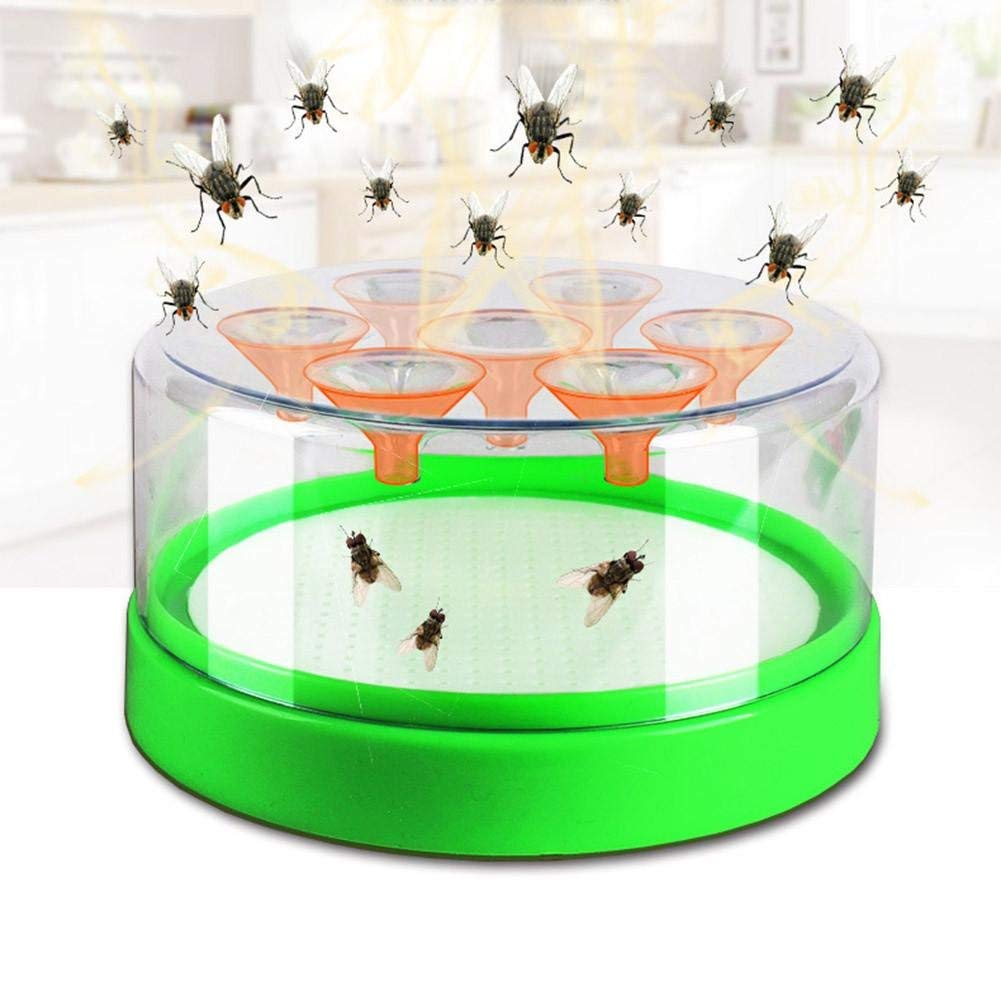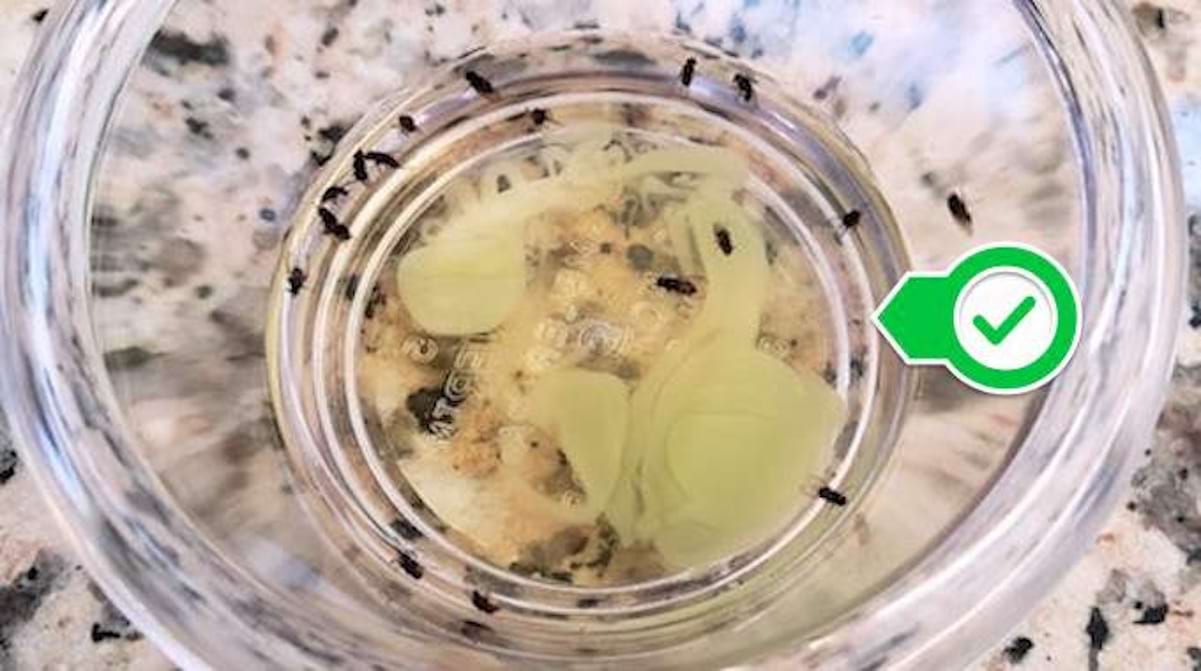Crafting The Ultimate Guide To "Piège à Moucheron" – A Sticky Situation You Can’t Ignore
So, here’s the deal, folks. You’ve probably stumbled upon the term "piège à moucheron" and wondered what in the world it means. Well, buckle up because we’re diving deep into this fascinating topic. Whether you’re dealing with pesky fruit flies, drain flies, or just trying to keep your home fly-free, understanding the concept of a "piège à moucheron" is crucial. And no, it’s not just about slapping a sticky trap on the wall – there’s much more to it!
Think of a "piège à moucheron" as your secret weapon against those tiny, annoying flying creatures that seem to multiply out of nowhere. These traps are specifically designed to catch small flies, like fruit flies, fungus gnats, and drain flies. But why should you care? Well, because these little buggers can be more than just a nuisance – they can carry bacteria and diseases that affect your health and wellbeing.
And here’s the kicker – traditional methods of fly control might not cut it. That’s where "piège à moucheron" comes in. This guide will arm you with everything you need to know about these traps, from how they work to the best ways to use them effectively. So, if you’re ready to reclaim your space and say goodbye to those pesky flies, let’s get started!
Table of Contents
- What is a "Piège à Moucheron"?
- A Brief History of Fly Traps
- Types of Piège à Moucheron Traps
- How Do Piège à Moucheron Traps Work?
- Choosing the Right Piège à Moucheron Trap
- DIY Piège à Moucheron – Making Your Own
- Benefits of Using Piège à Moucheron
- Common Mistakes to Avoid
- Tips for Successful Fly Control
- Wrapping It Up
What is a "Piège à Moucheron"?
A "piège à moucheron" is essentially a small fly trap designed to catch those pesky little insects that seem to invade our kitchens, bathrooms, and other areas of our homes. These traps are specifically engineered to target small flies, such as fruit flies, drain flies, and fungus gnats, which are notorious for being difficult to control.
But what makes a "piège à moucheron" different from other fly traps? For starters, it’s all about targeting the right size and type of fly. These traps are designed with smaller openings and attractants that appeal specifically to the types of flies that invade our homes. Whether it’s a sticky trap, a baited container, or a combination of both, these traps are crafted to be as effective as possible.
And here’s the best part – many "piège à moucheron" options are environmentally friendly. They often use natural attractants, like vinegar or fruit, instead of harsh chemicals, making them safe for use around pets and kids. So, if you’re looking for a solution that’s both effective and safe, this is definitely worth exploring.
Why Are Small Fly Traps Important?
Small flies might seem like a minor inconvenience, but they can actually pose significant health risks. These insects are known carriers of bacteria and pathogens that can contaminate food and surfaces, leading to illnesses. That’s why having a reliable "piège à moucheron" in your arsenal is essential for maintaining a clean and healthy home environment.
A Brief History of Fly Traps
Believe it or not, humans have been battling flies for centuries. Ancient civilizations used everything from smoke to sticky substances to keep these pesky insects at bay. The concept of trapping flies has evolved over time, with modern technology allowing us to create more effective and targeted solutions.
The "piège à moucheron" as we know it today didn’t appear until the 20th century, when advancements in materials and attractants made it possible to design traps specifically for small flies. These traps quickly gained popularity due to their effectiveness and ease of use. Today, you can find a wide variety of "piège à moucheron" options on the market, ranging from simple DIY solutions to high-tech devices.
Key Milestones in Fly Trap Development
- 1920s: Introduction of sticky traps for insect control.
- 1950s: Development of chemical attractants for specific fly species.
- 1980s: Emergence of environmentally friendly traps using natural attractants.
- 2000s: Advanced designs incorporating UV light and scent-based attractants.
Types of Piège à Moucheron Traps
When it comes to "piège à moucheron," you have several options to choose from. Each type of trap has its own advantages and is suited for different situations. Here’s a breakdown of the most common types:
1. Sticky Traps
Sticky traps are one of the simplest and most effective solutions for catching small flies. These traps are coated with a sticky substance that traps flies as soon as they land. They’re easy to use, affordable, and can be placed almost anywhere.
2. Baited Containers
Baited containers use attractants like vinegar, sugar, or fruit to lure flies into a trap. Once inside, the flies are unable to escape. These traps are great for targeting specific areas where flies are a problem, like kitchens or bathrooms.
3. Electric Fly Zappers
Electric fly zappers use UV light to attract flies, then zap them with an electric grid. These traps are highly effective but can be expensive and may not be suitable for all environments.
How Do Piège à Moucheron Traps Work?
The science behind "piège à moucheron" is actually pretty fascinating. These traps rely on a combination of attractants and physical barriers to capture flies. Let’s break it down:
First, the trap uses an attractant to lure flies into its vicinity. This could be a natural substance like vinegar or a chemical attractant designed to mimic the scent of food. Once the flies are drawn in, they encounter a physical barrier that prevents them from escaping. For sticky traps, this barrier is the adhesive coating. For baited containers, it’s the design of the trap itself, which makes it easy for flies to enter but difficult to leave.
Electric fly zappers work a bit differently. They use UV light to attract flies, which are then electrocuted upon contact with the grid. This method is highly effective but may not be suitable for all situations, especially if you’re looking for a more discreet solution.
Choosing the Right Piège à Moucheron Trap
Not all "piège à moucheron" traps are created equal. Choosing the right one depends on several factors, including the type of flies you’re dealing with, the environment where the trap will be used, and your budget. Here are some things to consider:
- Target Species: Different traps are designed to target specific types of flies. Make sure you choose a trap that’s effective against the species you’re dealing with.
- Environment: Consider where you’ll be placing the trap. For example, a baited container might work well in a kitchen, but a sticky trap might be better for a bathroom.
- Budget: Prices for "piège à moucheron" traps can vary widely. Decide how much you’re willing to spend and choose a trap that fits your budget.
Top Recommended Traps
Based on user reviews and expert recommendations, here are some of the best "piège à moucheron" traps on the market:
- Apple Cider Vinegar Trap – Affordable and easy to make at home.
- Sticky Fly Paper – Simple and effective for small spaces.
- Electric Fly Zapper – High-tech solution for large areas.
DIY Piège à Moucheron – Making Your Own
If you’re the DIY type, making your own "piège à moucheron" is easier than you might think. All you need are a few basic materials and a bit of creativity. Here’s a simple recipe for an apple cider vinegar trap:
- Fill a jar or bowl with apple cider vinegar.
- Add a few drops of dish soap to break the surface tension.
- Cover the container with plastic wrap and poke small holes in the top.
- Place the trap in an area where flies are a problem and watch them get caught!
This method is not only effective but also cost-efficient, making it a great option for those on a budget.
Benefits of Using Piège à Moucheron
Using a "piège à moucheron" offers several benefits beyond just getting rid of flies. Here are some of the top reasons to consider adding one to your home:
- Improved Health: Reducing the number of flies in your home can help prevent the spread of bacteria and diseases.
- Enhanced Comfort: No one likes dealing with flies buzzing around their space. A "piège à moucheron" can help create a more comfortable environment.
- Cost-Effective: Many "piège à moucheron" options are affordable, especially if you opt for DIY solutions.
Common Mistakes to Avoid
While "piège à moucheron" traps are effective, there are a few common mistakes that can reduce their effectiveness. Here are some things to avoid:
- Improper Placement: Make sure you place the trap in an area where flies are most active.
- Not Changing the Trap: Traps need to be refreshed regularly to remain effective.
- Overusing Chemicals: While chemical attractants can be effective, overusing them can be harmful to your health and the environment.
Tips for Successful Fly Control
Here are a few additional tips to help you get the most out of your "piège à moucheron" experience:
- Regularly clean areas where flies congregate, like kitchens and bathrooms.
- Seal cracks and crevices to prevent flies from entering your home.
- Combine multiple traps for maximum effectiveness.
Wrapping It Up
There you have it – everything you need to know about "piège à moucheron." From understanding what they are to choosing the right one for your needs, this guide has covered all the bases. Remember, the key to successful fly control is consistency and proper placement. So, whether you opt for a store-bought trap or create your own, make sure you’re doing it right.
And don’t forget to share your experiences in the comments below. We’d love to hear about your favorite "piège à moucheron" solutions and any tips you might have for fellow fly-fighters. Together, we can create a world free of pesky flies!

Les pièges à moucherons qui fonctionnent Anti Moucheron

comment eliminer les moucheron DrBeckmann

Piège à moucheron maison un moyen efficace pour les éliminer